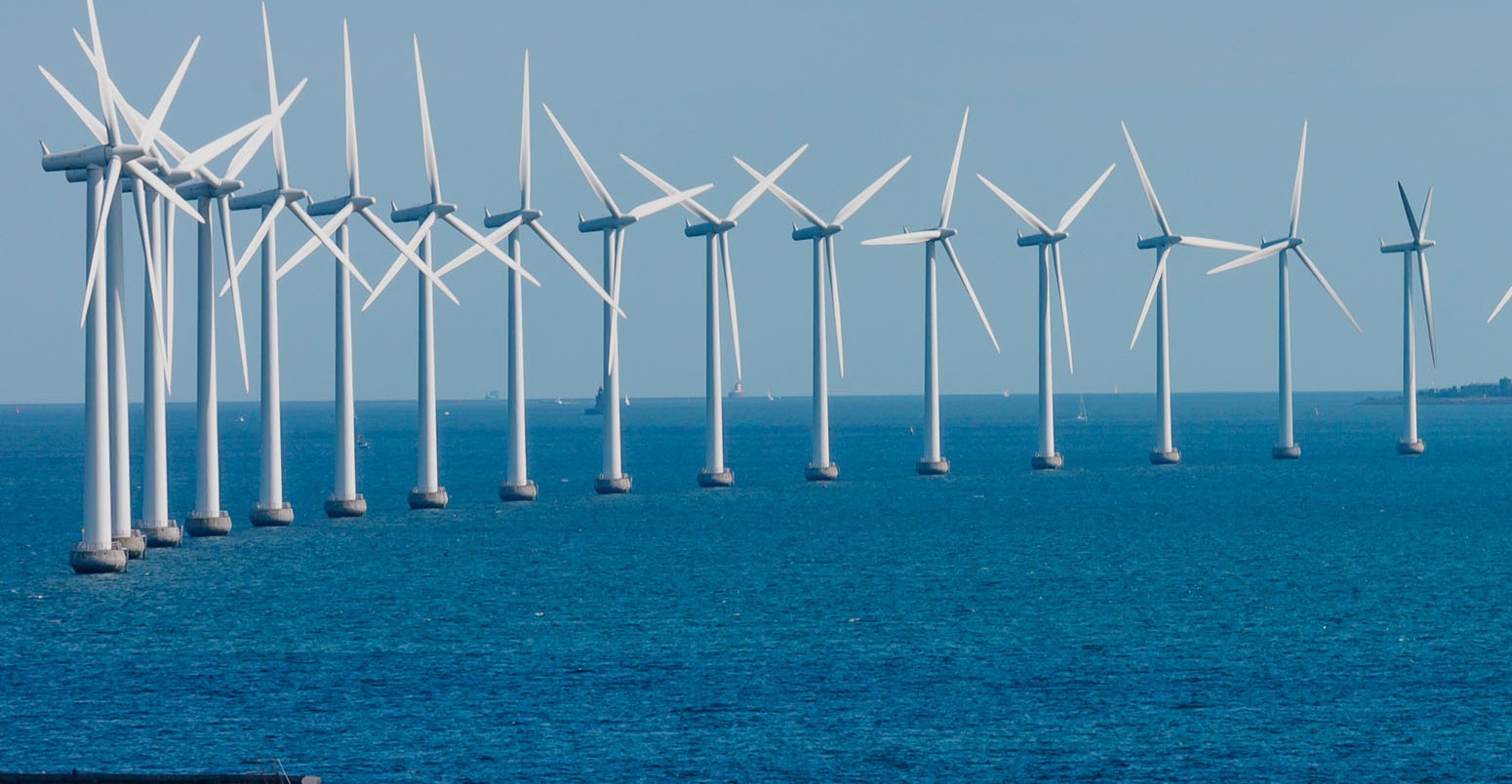The EU must put at the top of its agenda renewables and hydrogen projects to secure industry energy supplies to reach climate neutrality and accelerate Europe’s independence from Russian fossil fuel supplies, WindEurope and the European Steel Association (EUROFER) said in a joint statement June 21.
There are now 60 low carbon steel projects ready across Europe to be scaled up to industrial level, but in order to deliver them a large supply of renewable electricity and renewable hydrogen are needed, the industry associations said.
“Today, capital investment is set at €31billion, operational costs at €54billion (pre-Russian war in Ukraine data), while clean electricity needs amount to 150 TWh, half of which is for hydrogen production, by 2030,” the statement said.
The projects’ CO2 emissions abatement potential is equivalent to a cut of 55% on 1990 levels.
“REPowerEU set a 510 GW target for wind by 2030, that’s 39 GW of new wind per year, more than double what we’re installing now,” said Giles Dickson, CEO of WindEurope. “The wind supply chain can deliver, the finance is there. The bottleneck is permitting. It’s too slow and complex. Council and Parliament need to adopt the REPowerEU plan for permitting as a matter of urgency.”
REPowerEU is a European Commission proposal to end reliance on Russian fossil fuels before 2030 in response to the 2022 Russian invasion of Ukraine.
“Usually, industry adapts to energy supply and not vice-versa. There is no business case for investment in green steel if green energy carriers are not available,” said Axel Eggert, Director General of EUROFER. “The steel industry has developed breakthrough technologies for producing low carbon steel that rely on non-fossil energy sources, but we don’t have enough renewables production nor the related infrastructure to transport it where it has the highest impact. Not to talk about hydrogen: there is no developed infrastructure at all.”
“We call on the EU institutions and the Member States to double down on their actions for guaranteeing security of supplies, strengthening critical supply chains necessary for the energy transition, and investing in the green technologies we need to the benefit of citizens and industry alike,” Eggert and Dickson said concluded.
Platts, part of S&P Global Commodity Insights, assessed Northwest European hot-rolled coil, the main steel product produced in the continent, at Eur875/mt ex-works Ruhr June 20, down from a peak of Eur1,460/mt March 18.
Demand from end-users has been low as steel consumption by automotive industry dropped due to a shortage of various components and elevated stocks at distributors.
— Annalisa Villa






